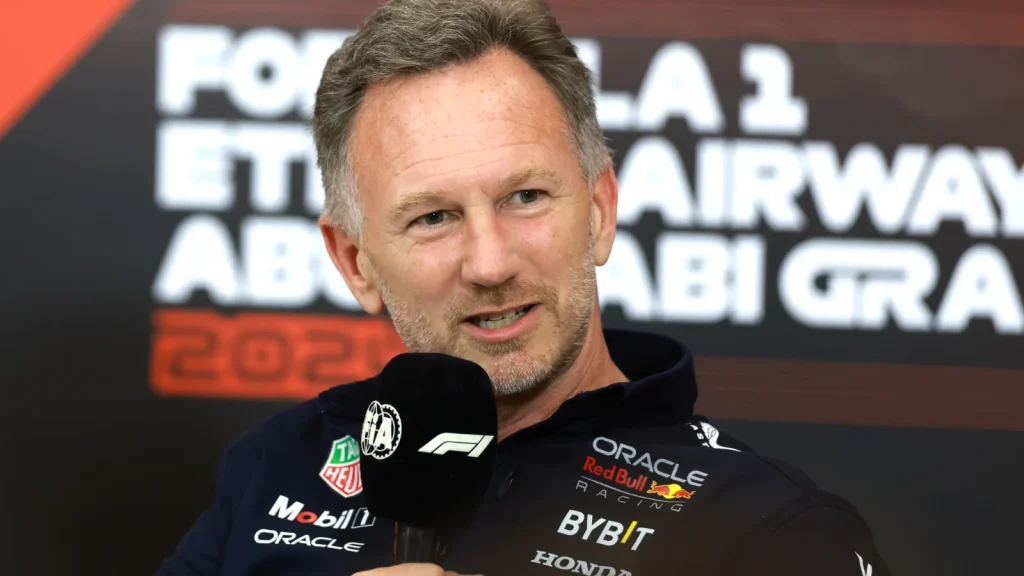Christian Horner is hopeful that mandating multiple pitstops at the Monaco Grand Prix will avoid “static” races.
The F1 Commission met on Tuesday ahead of the F1 season launch event in London, and one topic of discussion was how to spice up the annual Monaco pilgrimage, given the lack of overtaking action in recent years.
“I’ve just come from that meeting and basically, the discussion was that you can’t change the layout at Monaco and of course, as we’ve seen previously, particularly with the cars as big as they are now, that the race is pretty much dictated by Saturday,” said Horner.
“What we saw last year was that if you get a red flag early on and everybody just puts another tyre on, it’s very static.
“So stating that you potentially have to use all three compounds brings in another element, so it becomes a two-stop race. And should it rain as well, it would also be a mandatory two-stop.
“It’s unique to that race and it’s due to the nature of the circuit.”
F1 “promoting better racing” with Monaco pitstops change
The confirmation of F1’s plans to alter things in Monaco came moments before Horner faced the assembled media, with Aston Martin team principal Andy Cowell having batted away questions on the topic when he took to the stage alongside Lance Stroll and Fernando Alonso.
An FIA statement read: “With the aim of promoting better racing at the Monaco Grand Prix, the commission discussed proposals for Monaco-specific regulations.
“The commission agreed to increase the number of mandatory pit stops in the race. These proposals will be further discussed by the Sporting Advisory Committee in the coming weeks.”
Details yet to be confirmed include the number of pit stops that will be mandated, with Alonso having joked that the desired number would alter depending on where you qualify on Saturday. Currently, drivers must stop at least once per race to switch tyre compound, unless there is a red flag, which allows tyres to be changed without the need pit visit.
Will increasing the number of pitstops work?
This is a matter for debate, but the positive aspect is that the FIA and F1 are attempting to inject some life into an event that has for been in a general decline for years.
With larger cars, overtaking has become harder and harder with each passing year. Such is the scale of modern F1 machinery, that even the slight reduction in size in the 2026 regulations will do little to change things.
Where changes to the track are impossible and all other options are exhausted, this is a good step, although only time will tell if it works.
This said, there is a good argument to suggest that every race should feature a minimum of two mandatory stops, as this would introduce an extra strategic element across the calendar.
Feature Image Credit: Red Bull Content Pool/Bryn Lennon/Getty Images



